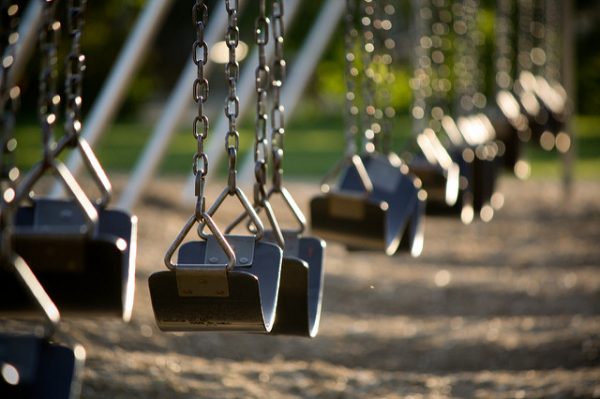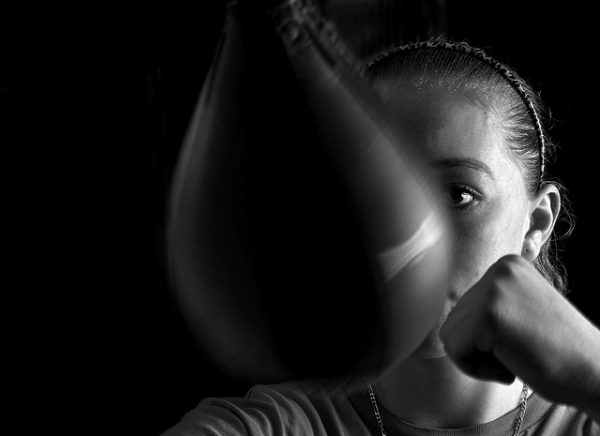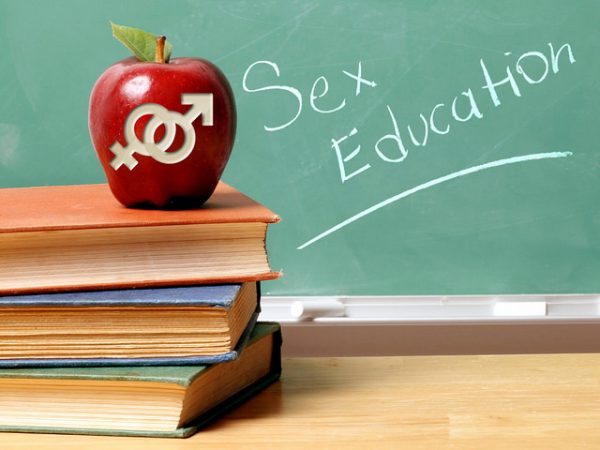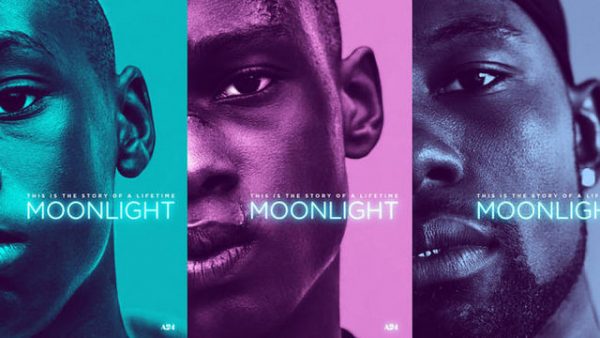
As students return to school, colleges and universities across the country are increasingly concerned about their role in preventing and disciplining sexual misconduct, harassment, and assault. Secretary of Education Betsy DeVos recently announced changes to the Obama administration’s guidelines for Title IX investigations of sexual harassment in higher education. DeVos drew criticism this past summer in hearings about Title IX for limiting the participation of student survivors and receiving testimony from advocates for accused students regarding harassment and assault. Others criticize campus investigations of sexual misconduct for a lack of transparency and due process. Social science research can help us understand the institutional and cultural forces that shape this serious problem.
The Institutional Story
Rather than focusing on sexual misconduct, U.S. law tends to categorize it as a kind of sex discrimination. The difference matters — it means that colleges, universities, and the Department of Education have taken a set of legal guidelines originally meant to fight sex discrimination in education and sport (Title IX) and use them as the basis for investigations of sexual misconduct. This improvised solution makes it easier to overlook the fact that sexual harassment happens when institutions provide power to harassers, not just when they explicitly discriminate.
- Nancy Chi Cantalupo and William C. Kidder. 2017. “A Systematic Look at a Serial Problem: Sexual Harassment of Students by University Faculty.” Utah Law Review.
- Celene Reynolds. 2016. “What We Know—And Need to Learn—About Progress against Sex Discrimination in Higher Education.” Scholars Strategy Network.
- Christopher Uggen and Amy Blackstone. 2004.”Sexual Harassment as a Gendered Expression of Power.” American Sociological Review 9(1): 64-92.
- Abigail C Saguy. 2000. “Employment Discrimination or Sexual Violence? Defining Sexual Harassment in American and French Law.” Law & Society Review 34(4): 1091-1128.
The Cultural Story
Then again, the Board of Regents isn’t in the bedroom. Hookup culture on college campuses creates an environment in which sexual activity is separated from relationships. Some students, both men and women, find this empowering and liberating. The trouble is that others find it makes for emotionally confusing and unfulfilling sexual situations where violence and coercion can arise.
- Lisa Wade. 2017. American Hookup: The New Culture of Sex on Campus. W.W. Norton.
- Elizabeth Armstrong, Paula England, and Alison Fogarty. 2012. “Accounting for Women’s Orgasm and Sexual Enjoyment in College Hookups and Relationships.” American Sociological Review. 77(3): 435-462.









